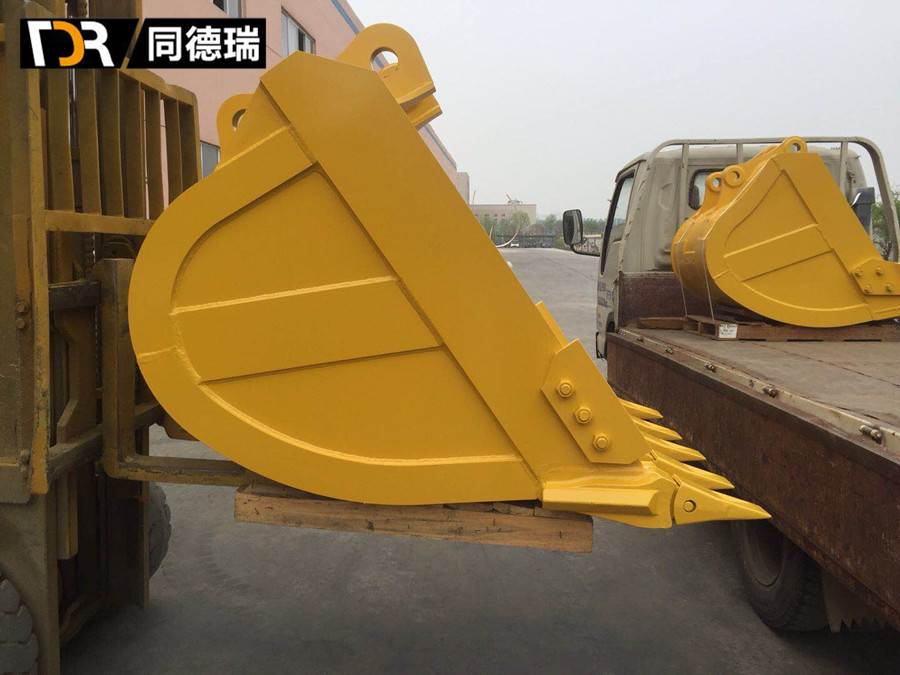Long ago, people from gold containing ores selected from the group mentioned sticky grease used placer goose. Later, the application of full oil flotation in the industry began. The biggest disadvantage is that the consumption of chemicals ( petroleum ) is large. At the beginning, it is necessary to add 1 to 3 tons of chemicals per 1 t of sulfide ore. During the period from 1902 to 1912, new surface flotation and froth flotation occurred, during which the exploration of froth flotation was extensively carried out. In 1906, the introduction of air with strong agitation was introduced, which reduced the amount of the agent. 1912 found lead ore other heavy chromate inhibited. 1913 found that inhibition of sphalerite sulfur dioxide, but also found that copper sulfate as activator sphalerite. In 1921, soluble organic compounds containing trivalent nitrogen and divalent sulfur atoms were found to replace oils as collectors for minerals. However, it was not until 1925 that the yellow drug was actually cited as a collector for sulfide ore. In 1926, black medicine was cited as a collector. The emergence of xanthate and black medicine has greatly promoted the development of flotation industry, greatly improved the recovery rate of sulfide ore, greatly reduced the dosage of chemicals, reduced the processing cost, and thus reduced the price of metal, which is the synthesis of poor ore resources. Utilization has opened the way. On the other hand, the discovery of cyanide can be suppressed pyrite and sphalerite, galena flotation, copper sulfate can activate sphalerite, improve the recovery of zinc; lime pyrite can be suppressed, which is The flotation of complex lead sulfide-zinc-iron ore laid the foundation.
In 1924, the use of fatty acid soaps to float metal oxides and non-metallic minerals was also discovered, and the flotation industry was further promoted and expanded to non-metallic and alkaline earth metal minerals.
After 1925, the full flotation and preferential flotation methods became more mature, and research on flotation theory began to appear. In 1934, sodium alkyl sulfate was introduced as a collector; in 1935, cationic fatty amines were introduced as collectors. The general trend is that the consumption of pharmaceuticals is reduced, and the amount of one ton of ore consumed can be reduced to 10 to 30 g. The use of various chemicals to control the flotation process can effectively separate complex metallic and non-metallic minerals.
At the same time, due to the development of flotation theory, the excavation and research work of the new flotation reagents is no longer based on experience and blind exploration, but more and more scientific.
In the 1950s, China produced liquid ethyl xanthate, solid ethyl xanthate, liquid butyl xanthate and white medicine, No. 2 flotation oil, solid butyl xanthate and No. 25 black medicine, refined soybean oil fatty acid. , amyl xanthate and mixed base xanthate, black no. 31 and so on. In the 1960s, in addition to sulfonated eucalyptus oil, sec-butyl xanthate, isopropyl xanthate and butylammonium black, in the 1970s, in addition to cationic collectors - mixed fatty amines, test Produced sodium hydroxy citrate, a new type of ester foaming agent - 56, 59 foaming agent.
So far, China has built a number of mineral processing pharmacies, which can not only meet the needs of domestic mineral processing, but also export in batches. At the same time, the mineral processing pharmacy workers have also done a lot of work in the development and synthesis of new pharmaceuticals, and made great progress. Various selective collectors such as xanthogenates and thiocarbamates have been synthesized. For example: propylene phthalate - non-ionic "oil" type polar sulfide ore collector; butyl butyl phthalate 43 is a selective collector for copper, lead, molybdenum sulfide ore, and the collection of iron sulfide Weakness; cyanoacetate, uric acid 2 - cyanoethyl ester (23 yellow cyanide) can be used as a selective collector for copper, lead and zinc sulfide ore, and has weak harvesting power for pyrite; phosphorous amine collector, diphenylamino dithiophosphate - 4 phosphamidon selective galena collector, the collector of weak pyrite; diethylamino-dithiocarbamate Cyanide ethyl ester is a collector of copper sulfide ore, with strong harvesting ability, good selectivity, strong foaming ability and low dosage; thiocarbamate, N-dipropyl ether-O-butyl thio Carbamate (OSNO-234) has good flotation effect on zinc sulfide ore, poor lead ore, non-floating pyrite; cyclohexammonium black drug, flotation collector for lead sulfide and lead oxide; S- Propylene-based isothiourea chlorine flotation molybdenum ore; sulfonated alkyl succinamidate sodium salt, which is a cassiterite flotation collector; styrene phosphate, a collector for oxidized ore such as tungsten and tin.

Work Equipment Contain Boom and Arm, Bucket Link, Bushing and Pin, Bucket and so on.
Boom Top Bracket, Boss, Boom Bottom Seat......
Why choose us
*Quality Controll
*Competitive price
*OEM Service
*Experience more than12 years' experience
We supply a wide range of spare parts for excavators

Work Equipment,Mobile Work Equipment,Boom Assy,Arm Assy
Jining Tongderui Construction Machinery Co., Ltd. , https://www.tdr-excavatorparts.com